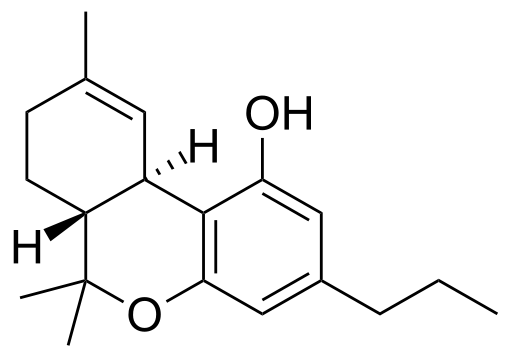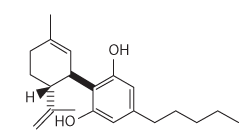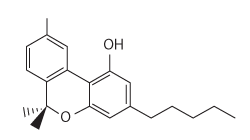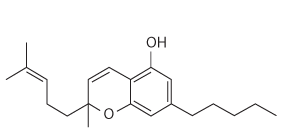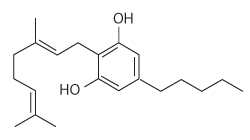
What is CBD?
The term “CBD” is a nickname for cannabidiol, which is one of several cannabinoids, or chemical compounds, that are found in cannabis and hemp plants. Of course, the most famous cannabinoid is tetrahydrocannabinol, or THC, which is the main psychoactive component in marijuana (aka, the part that gets you high). Because CBD is not psychoactive, it does not create the same buzzy effects typically associated with marijuana when ingested.
Think of CBD as THC’s straight-edge cousin. But just because CBD won’t get you high, that doesn’t mean it has no side effects or potential uses.
What does it do?
CBD is already commonly used to relieve some symptoms of anxiety, including insomnia, and there have been some studies that show it to be effective in those cases. Other studies have shown that CBD could have anti-inflammatory properties, and many CBD products are marketed for relieving chronic pain, such as arthritis. And multiple studies have found CBD to be an effective treatment for seizures, and there are various CBD products that are used by patients with epilepsy. However, major health agencies like the U.S. Food and Drug Administration, National Institutes of Health and the World Health Organization have all stated in recent years that additional CBD testing and research is necessary.
How do you use it?
Once the CBD compound is extracted from cannabis and hemp plants, it is typically packaged in the form of concentrated oil or cream.
For trendy wellness products, the oil is mixed or infused in any number of other goods, including pills, vaporizers, beauty creams, shampoos and edibles like candy, mints and flavored sparkling water. You can even get CBD-infused pet treats that are marketed to owners of dogs and cats suffering from anxiety.
And there’s a growing culture of CBD cocktail enthusiasts, spurred on by the likes of Food & Wine magazine.
For medicinal purposes, creams and balms that claim to treat pain can be rubbed directly on the skin and CBD oils can be taken orally, often with a dropper that deposits a drop or two in your mouth.
Is it safe?
The more studies and medical research that focus on CBD, the more will be known about its side effects and potential medical benefits. For what it’s worth, in December 2017, the World Health Organization declared in a report that “cannabidiol does not appear to have abuse potential or cause harm.” The WHO also noted that CBD could have “therapeutic value” for epileptic seizures, but that further study is warranted to determine CBD’s potential medical use.
Then, in June, the FDA approved GW Pharmaceutical’s Epidiolex, a CBD-based drug for treating epileptic seizures — marking the first time the agency has ever approved a drug derived from marijuana.
Cannabinoids
Cannabinoids are the chemical compounds found in cannabis that have been reported to have therapeutic benefits. The two most commonly discussed cannabinoids are THC and CBD.
Delta-9-tetrahydrocannibinol
Delta-9-tetrahydrocannibinol is commonly referred to as THC. It’s a neutral cannabinoid popularized by its psychoactive effects. THC acts as a mental stimulant and is known for fueling appetite and increasing mental acuity.
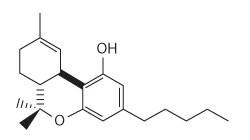
Cannabidiol
Commonly referred to as CBD, Cannabidiol is a non psychoactive compound. Concentrations of Cannabidiol counteract THC, while maintaining symptom relief. People have become interested in medicinal cannabis because of CBD.
Cannabinol
Found in much smaller percentages than THC or CBD, CBN begins to appear only when THC starts to degrade. It’s not a weakness. CBN is an important chemical compound aiding in sleep and pain relief.
Cannabichromene
Cannabichromene (CBC) is more bountiful by percentage than CBD, but has received much less research attention. This second place compound may be mood enhancing. Think positivity and relaxation.
Cannabigerol
Before becoming THC or CBD, life begins as Cannabigerol. CBG is non psychoactive and a minor compound found in trace percentages in medicinal cannabis. CBG is more detectable in hemp.
Tetrahydrocannabivarin
Closely related to THC, Tetrahydrocannabivarin’s chemical structure is similar, but engages our cannabinoid receptors differently. THCV is psychoactive. It’s being researched for its appetite suppressant and anticonvulsant properties.
